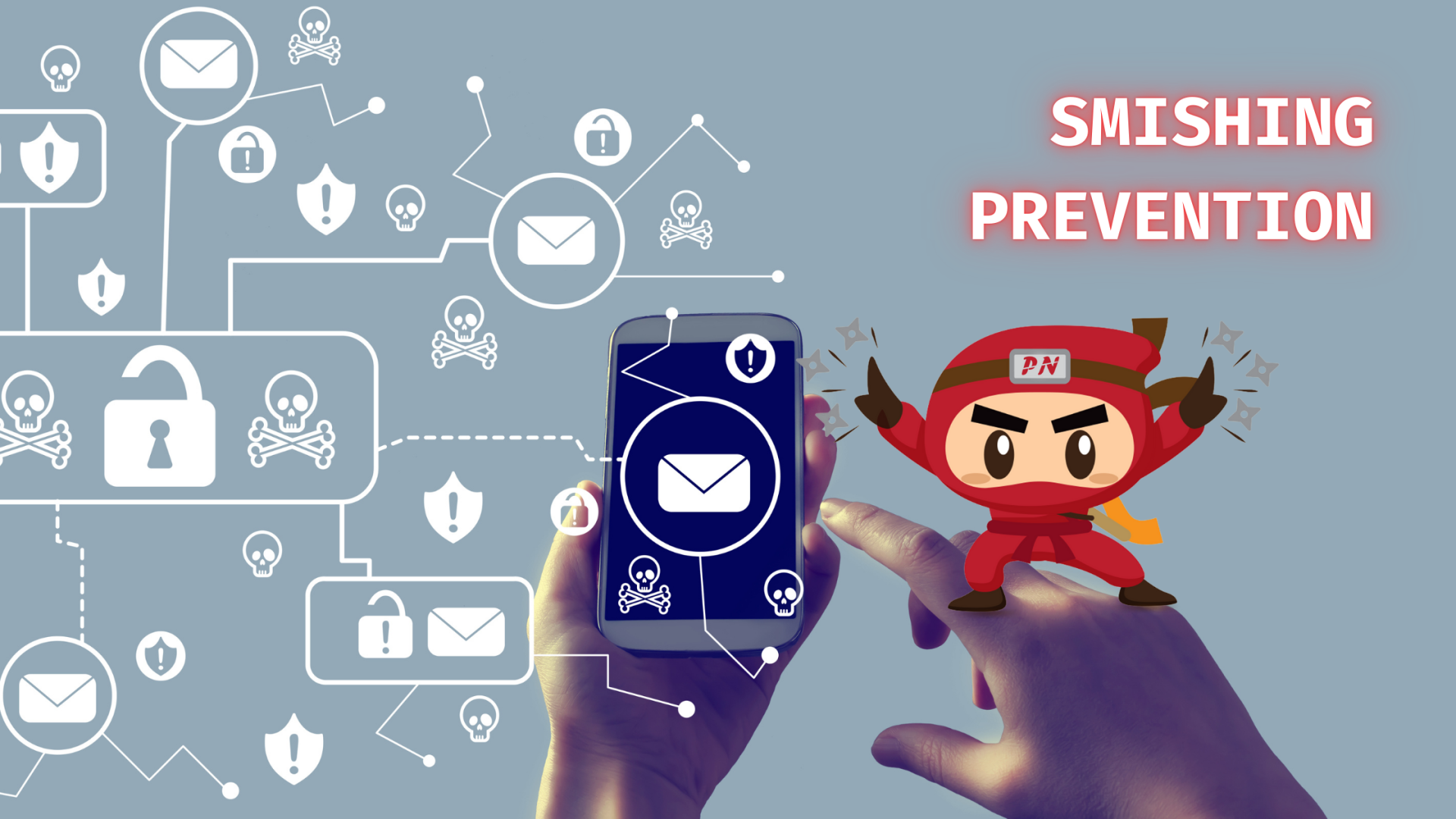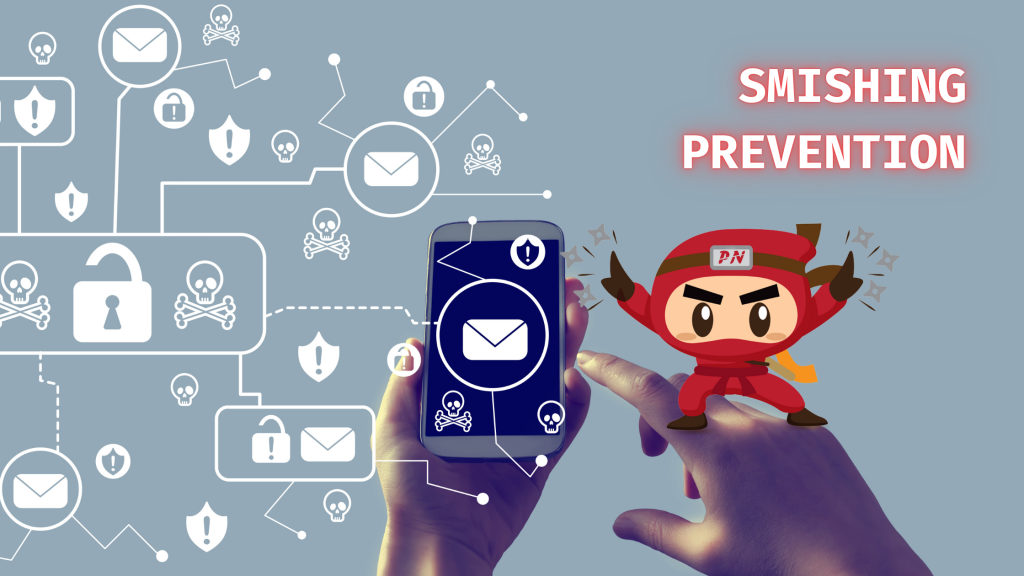KEEP IN TOUCH
Subscribe to our mailing list to get free tips on Data Protection and Cybersecurity updates weekly!







Nowadays, when it comes to attacking and stealing our personal information and data, attackers never use the same method over and over again, they have got to reinvent the way they scam people to avoid getting caught.
With a lot of high-handed methods present and operating without you noticing, attackers get to use means that are plainly simple but can be effective if one is not aware of, and that is smishing, a relative of phishing.
But what is smishing? How do we define it? How does it spread? And how do we protect and defend our business against it? With the rise of smartphone and tablets, a lot of people and businesses can be easily hit by these scams. As info is readily available in our own pockets, phishing, in the form of text messages, are the key to our valuable personal information.
Smishing is the combination of the terms SMS (short message services, or popularly know as texting) and phishing. It is phishing but instead of using the traditional mode, through emails, smishing is through texting.
Smishing is categorized as a social engineering attack which exploits human trust rather than technical exploits. In phishing, cybercriminals trick the users in clicking the attached media or a link sent fraudulently through the user’s emails.
In smishing, the link or the media is sent through a text message that users can easily click and get scammed with. Usually, smishing and phishing is the initial step in ransomware attacks, a cybersecurity threat to companies and businesses.

Also Read: How to know if Ransomware is in your Computer
What is smishing telling us is that it is a scam through the text messages we receive in our smartphones that are inseparable to us. These fraudulent text messages primarily spread because it is not the same with phishing as found in emails, people have false confidence in text message safety.
Smishing scams remains uninterrupted and undetected because of their deceptive nature. Since it is through text messages, those who own a smartphone are prone to its negative impact. According to Statista, 7.1 billion people has a mobile phone. That is 92% of the total population of people here on Earth.
Meanwhile in contrast to email holders, only 52% of the population has an operational email address. With the difference in numbers, it is clear that through smishing, as compared to traditional phishing, smishing has the numbers.
Since phone messages has no means whatsoever to verify and block or put the messages to spam, there are a larger percentage of likelihood that the link sent in the text message will be clicked, either through accident such as a kid was the owner of the smartphone, or through the deception that enticed users in clicking it.
To be able to collect data, these are some of the methods cybercriminals use:
Malicious website: Cybercriminals often send fake sites that users tend to think that it is legitimate. Usually, these websites appear as official bank sites that require you to input card numbers and other necessary information or other reputable ones that makes it easier to get your data.
Malware: What is smishing doing is it tricks the users in downloading a malicious software or malware that install itself on the user’s phone. This malware may may appear as a legitimate app and tricks the user to input sensitive data which will then send it to the cybercriminals.
Also Read: How COVID-19 Contact Tracing In Singapore Applies At Workplace
What is smishing doing is trying to get our valuable and sensitive data to our own demise. It is the where Ransomware attacks start but it can be prevented.
One way of preventing to become a victim of smishing is to hire personnels who are well-versed in cybersecurity. It could be of great help for the company or the business to have a point person responsible for security in these types of scam and in informing co-members or co-workers through a symposium or an event to highlight the risk of them to become a victim themselves.
Also, the company or business can set the guidelines and restrictions in opening messages that may be potentially harmful. This goes around people who have access to sensitive data and information that could potentially harm the enterprise. It is necessary for them to take an extra step in accessing fraudulent smishing schemes that could trick them in providing confidential information.